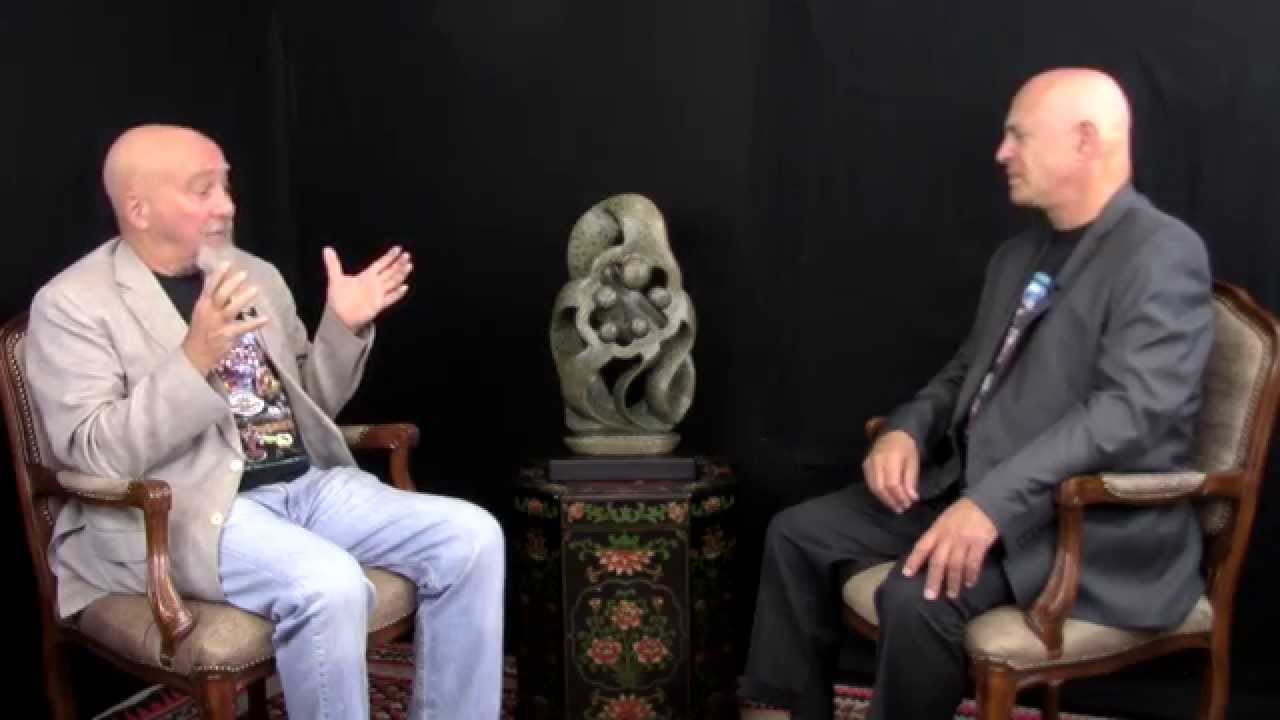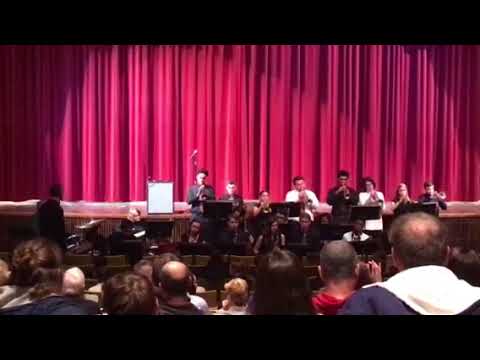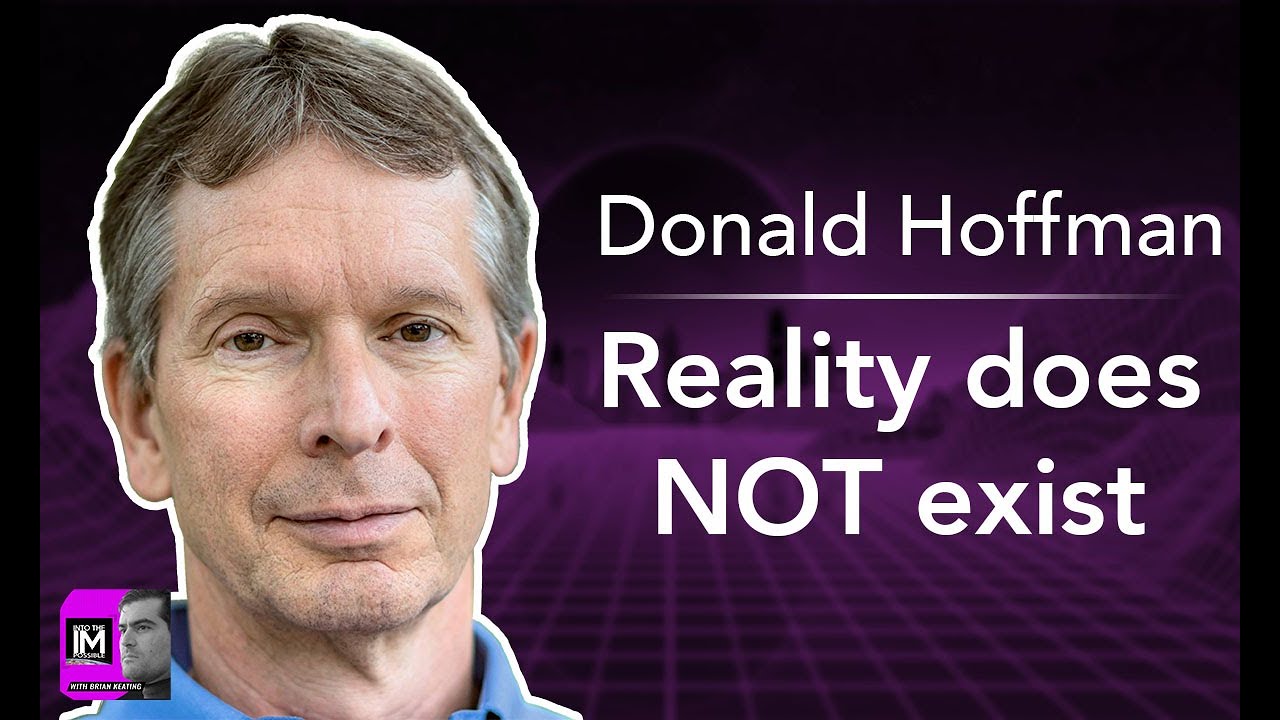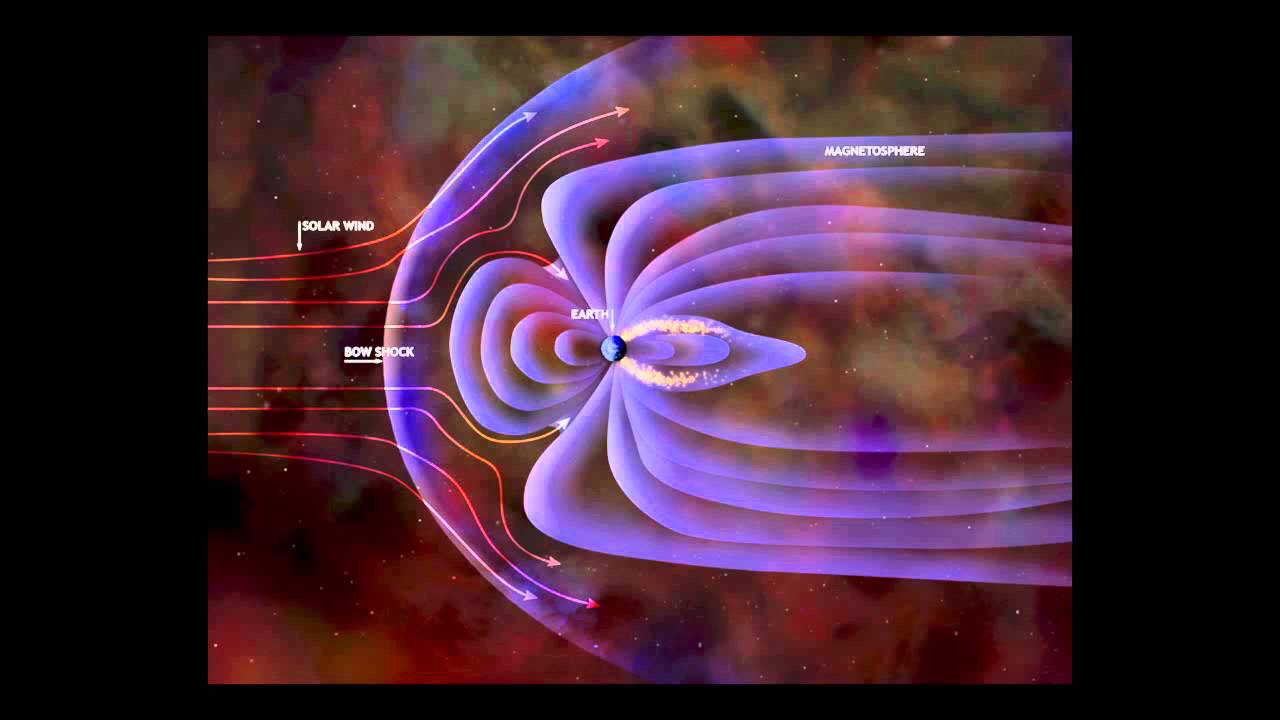New Thinking Allowed with Jeffrey Mishlove
Stuart Hameroff, MD, is a professor of anesthesiology and psychology at the Banner University Medical Center of the University of Arizona in Tucson. He is also co-founder and director of the Center for Consciousness Studies at the University of Arizona. He is author of Ultimate Computing: Biomolecular Consciousness and Nanotechnology. Since 1994, he has organized the “Toward a Science of Consciousness” conferences at the University of Arizona and elsewhere. Working with Sir Roger Penrose, he is the co-author of the “Orch OR” theory of consciousness.
Here he focuses on the idea that consciousness is an orchestrated whole. This, he maintains, is accomplished through quantum coherence unifying the various activities of the brain. The orchestra of consciousness occurs at various, specific frequency resonances. He also describes how our experience of time is related to the rate at which we process information and experience conscious moments. Time seems to slow down when the brain is processing information at a faster rate. In addition he suggests, in accordance with Roger Penrose’s interpretation of quantum theory, that information in the brain can travel backwards through time.
New Thinking Allowed host, Jeffrey Mishlove, PhD, is author of The Roots of Consciousness, Psi Development Systems, and The PK Man. Between 1986 and 2002 he hosted and co-produced the original Thinking Allowed public television series. He is the recipient of the only doctoral diploma in “parapsychology” ever awarded by an accredited university (University of California, Berkeley, 1980). His master’s degree is in criminology. He serves as dean of transformational psychology at the University of Philosophical Research. He teaches parapsychology for ministers in training with the Centers for Spiritual Living through the Holmes Institute. He has served as vice-president of the Association for Humanistic Psychology, and is the recipient of its Pathfinder Award for outstanding contributions to the field of human consciousness. He is also past-president of the non-profit Intuition Network, an organization dedicated to creating a world in which all people are encouraged to cultivate and apply their inner, intuitive abilities. His American Indian name, chosen at age eight, is Soaring Eagle.
(Recorded on August 5, 2015)
Source




They recreated Sergeant peppers lonely hearts club band xD that's f**** hilarious
Jeffrey is a great interviewer, and I totally believe in ORCH-OR theory and I watch everything I can find with Stuart Hameroff
Very Informative. Thanks for sharing. Best wishes, Lord-Jesus-Christ com
Who can react in realtime? Even the simplest intuitive reactions need reaction-time, much more actual cognitive reactions like answering a question
Aren't the microtubulous the lanes the transport-proteins need to get supply molecules to its place in the cell and other molecules out? So what's the exact mechanism those tubes create cosiousness? By now we have a pretty good picture of the nano protein-machines inside the cells. But Mr Hameroff is just wildly speculating here
Listen a freakin rock k has NO consciousness. We are for better or worse the only lucky or unlucky folks with it. Either consciousness is fundamental or not. If its not we r all screwed so enjoy life. Regardless of the answer always treat people with kindness where you can
13:36
< 14:45 >
More and more examples of "brain dead" persons having experiences would seem to refute his position. There is still the desire to move from matter to consciousness by conceiving of an ingenuous mechanism.
It took some magic to spin straw into gold; but there is no magic to turn something into true Nothing. Well, if what we are talking about is not a thing or a form or energy then we are talking about a Nothing or trying to,
I wonder if Dr. Hameroff has read Perry Marshall's book, _Evolution 2.0_, because his theory of consciousness originating in microtubules which all cells have seems to fit well with Marshall's thesis that cells themselves have a degree of "intelligence" of their own which drives evolution.
great interview!
this is the sort of stuff that most psychology classes are so badly missing, damn it would make it more interesting.., but yeh im not so sure about stuarts tie in with quantum entanglement.. why couldnt it 'use' entanglement rather than actually being a property of entanglement. and for faster than light, well why couldnt that also be a means of particles that are actually going FTL, rather than being something only of backwards time effects… i thinkn he may be a little bit narrowed on his theory in terms of this,,, but it does get that way when your passionate about it.. so great interview and still an awesome theory.. not sure thought wther space-tim could account for something which is happening 'in it' rather than being an actual property of it, the incredbale experiences within the near death experience..etc etc.. so i think there are some issues of complexity that havent been addressed by this theory..
As well as the pioneering work of Benjamin Libet, for those interested, see also the research of Dean Radin and Daryl Bem and the presentiment experiments
"Now, time is a funny thing, because a… well , space is a funny thing to." 😀
Such a great show, Dr. Mishlove! The original was great and these are even better. I would like to think that should we blow ourselves up in a nuclear holocaust, when the dust clears, there will still be two chairs separated by a piece of radioactive art with you still doing these awesome interviews.
How does backward time however equal free will? Your reactions are queued to what you are. While I'm far from a materialist I still don't see an uncaused cause here.
having had several precognitive dreams that were only realized when they occurred and then realized I am a firm believer in time is conceptual.
This is definitely the best interview I have seen with Stuart Hameroff. I think largely due to the fact that Jeffrey Mishlove actually understands what Stuart is saying and also asks all the right questions.
In November 2011, I participated in a week-long immersion in the use of an audio technology called Spatial Angle Modulation (SAM), that had been developed in response to Hammerhoff's theories of consciousness taking place in frames per second.
When we experienced SAM at 78 frames per second, I felt fantastic and – yes, I have experienced a near auto accident in which I had "all the time in the world" to analyze how to avoid a head-on and spun the car 180 degrees on a curvy mountain road. Some of my friends and I were convinced that this "78 RPM" technology could be added to music and played in clubs serving "smart drinks" and be a huge hit in Silicon Valley.
Conversely, when we experienced 24 cycle per second SAM, many reported headaches, nausea, and/or a general sense of not feeling so great. Spinning back and forth among 48, 78, and 24 felt fairly awful to most of us as well.
For whatever reason, the Monroe Institute has been playing around with SAM by adding delta and other frequencies, and may have been missing out on the promise of the "78 RPM" SAM that I think could have been the start of upgrading the operating system for the human biocomputer.